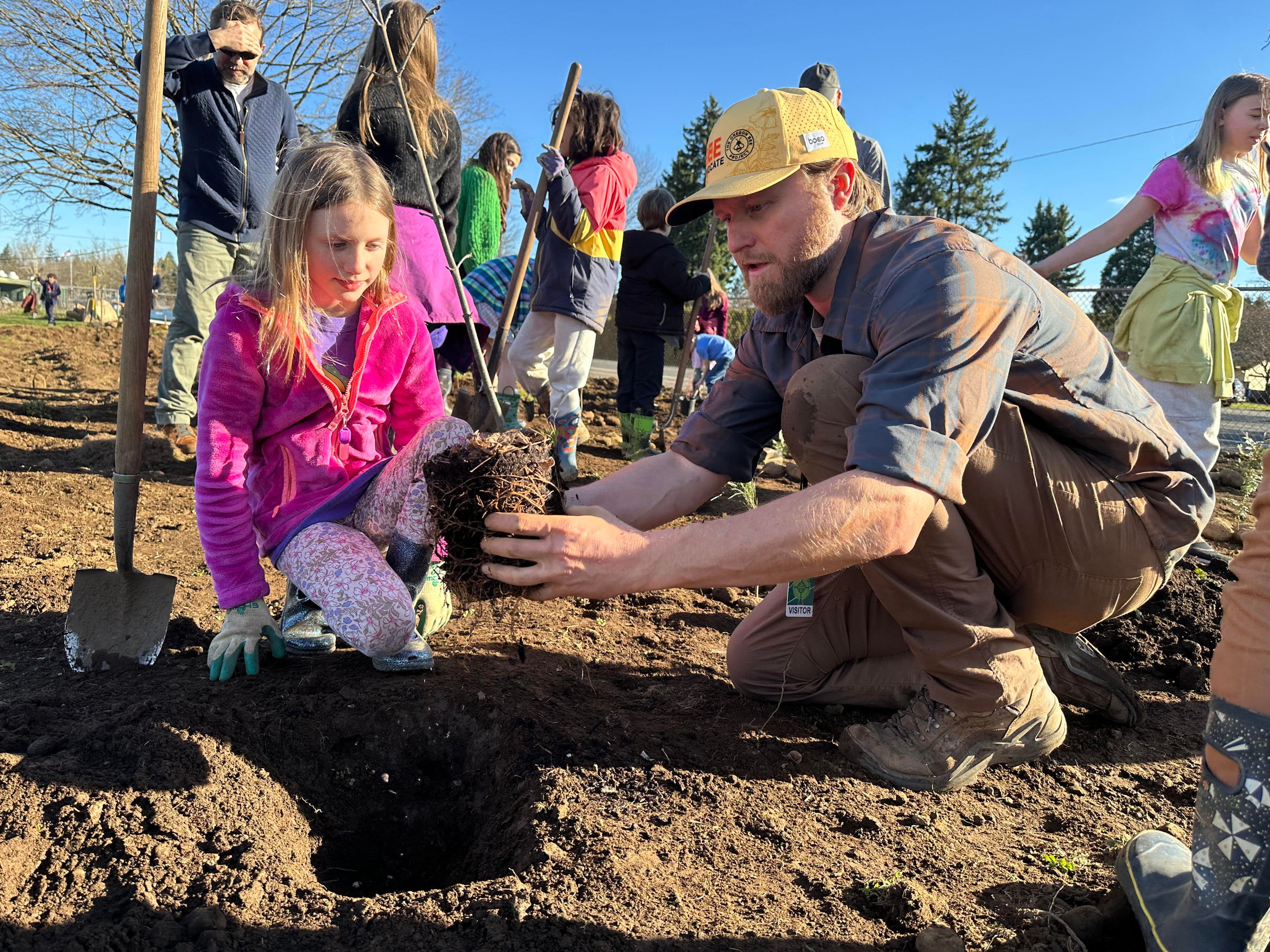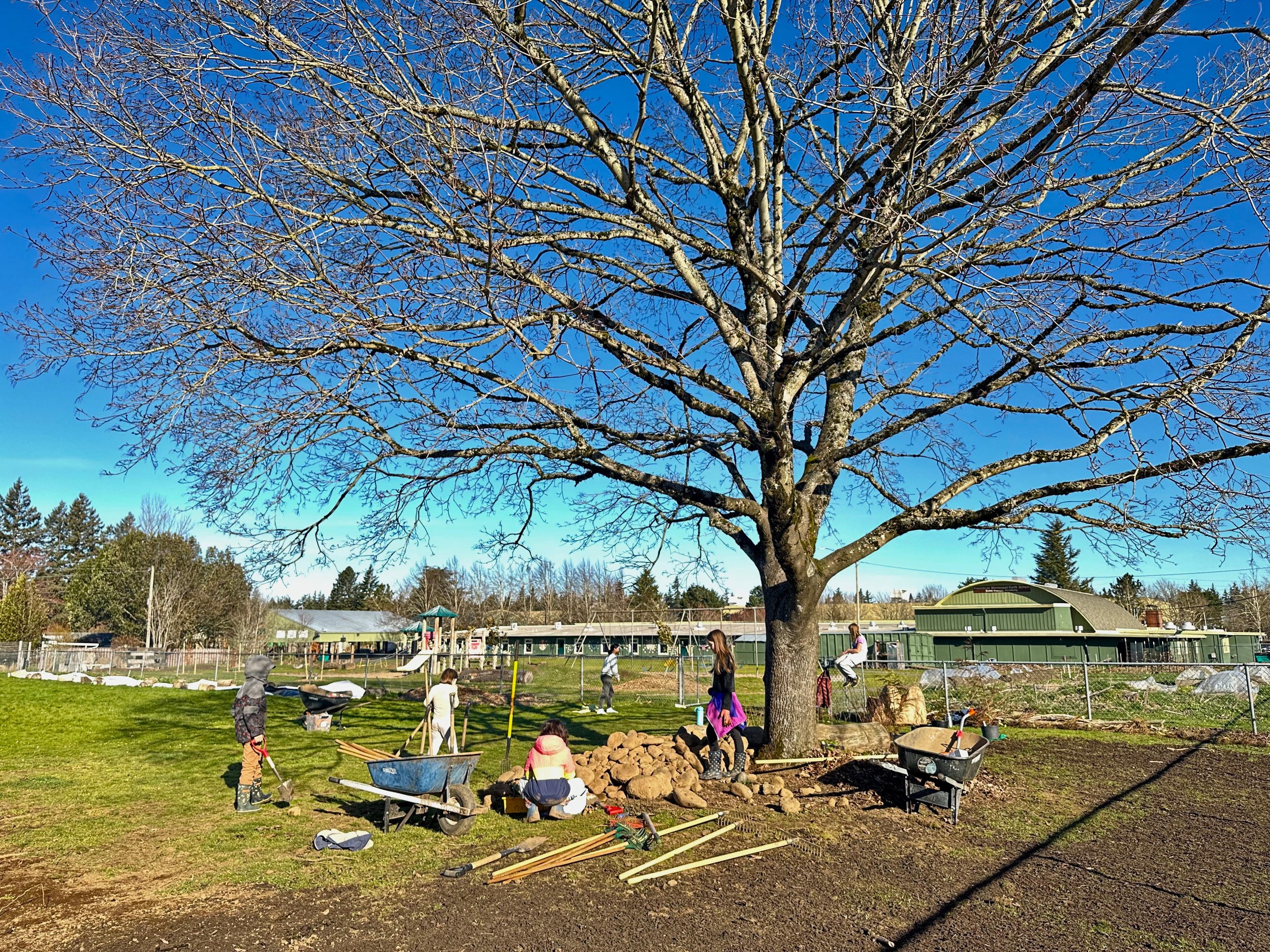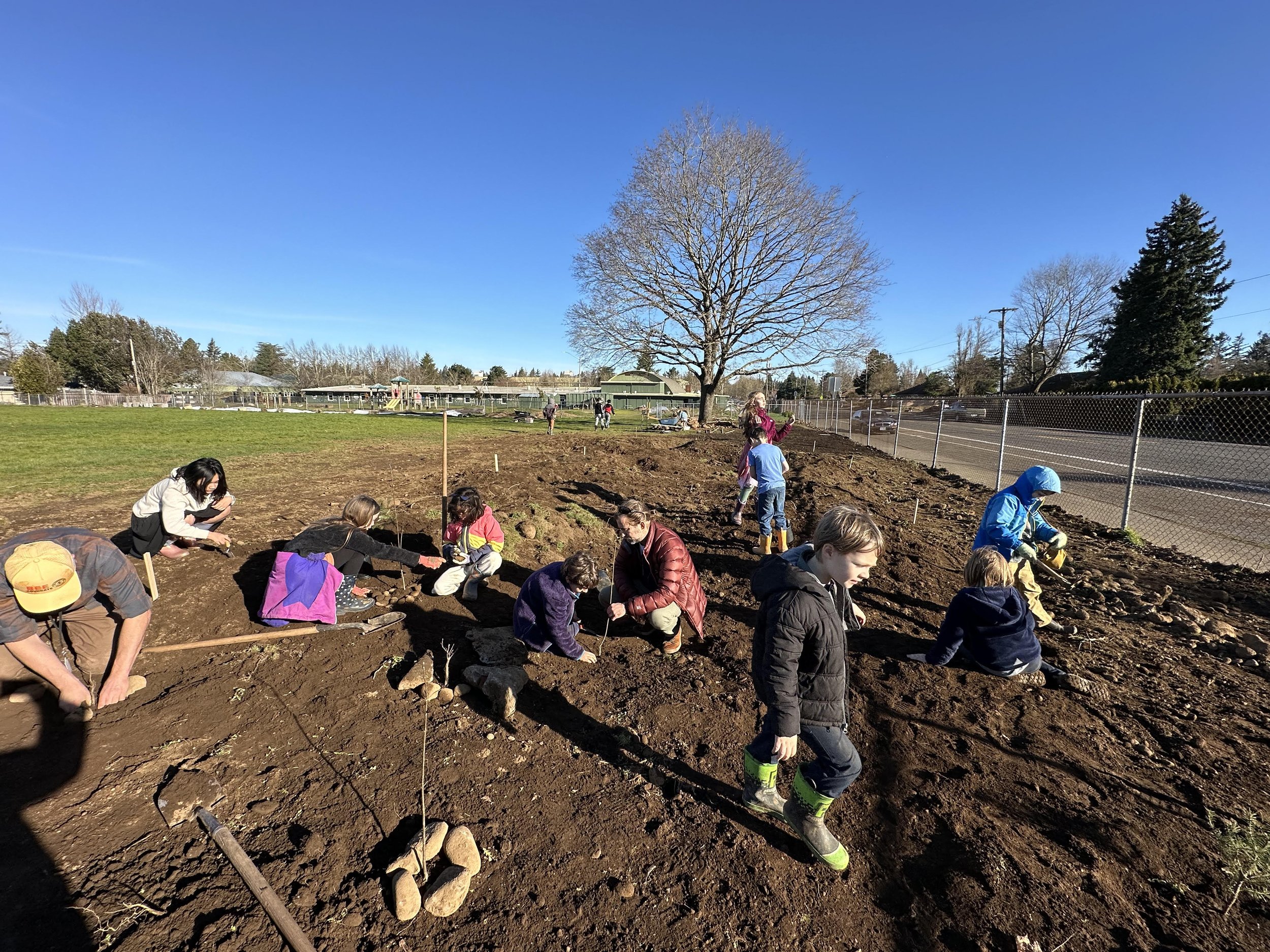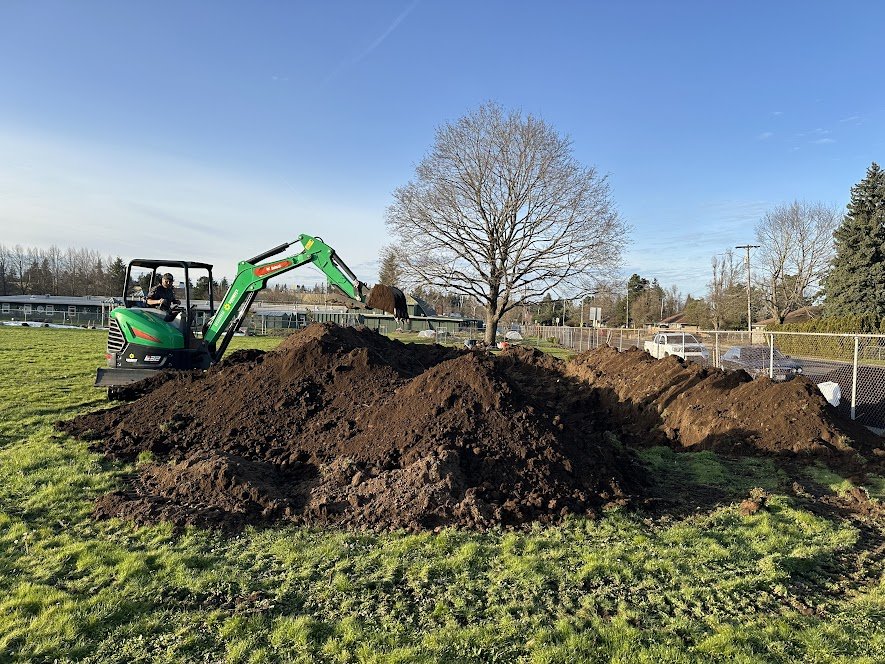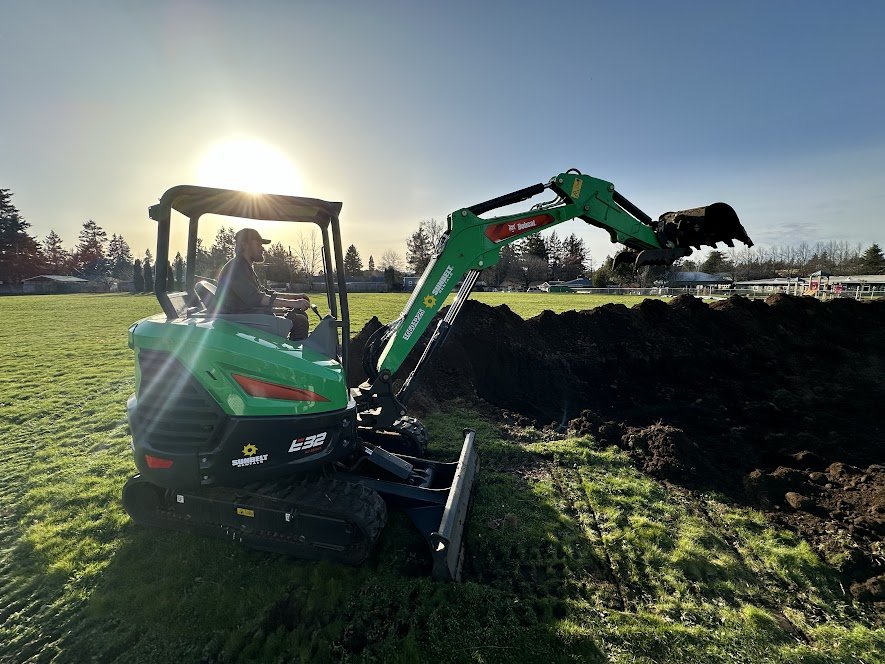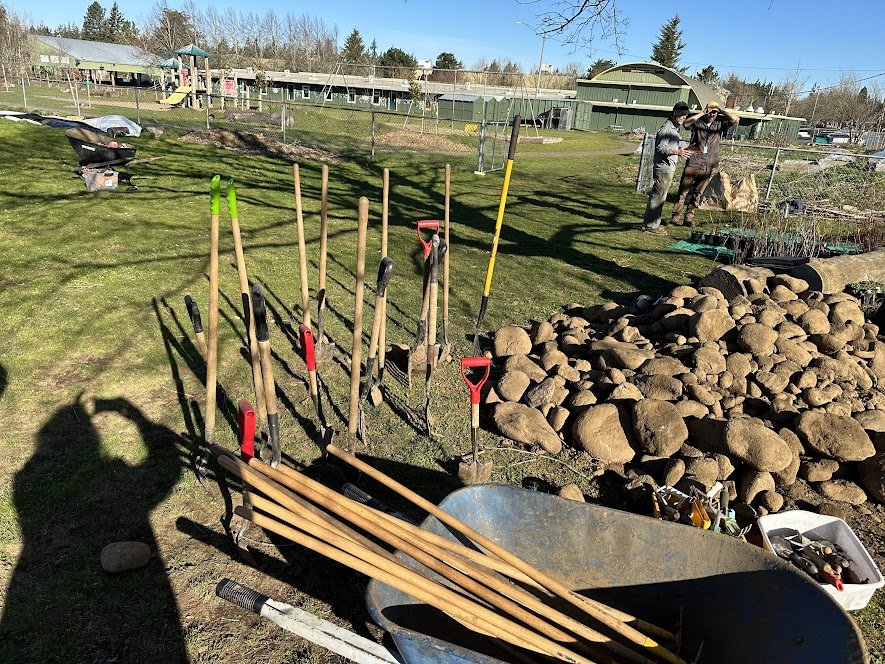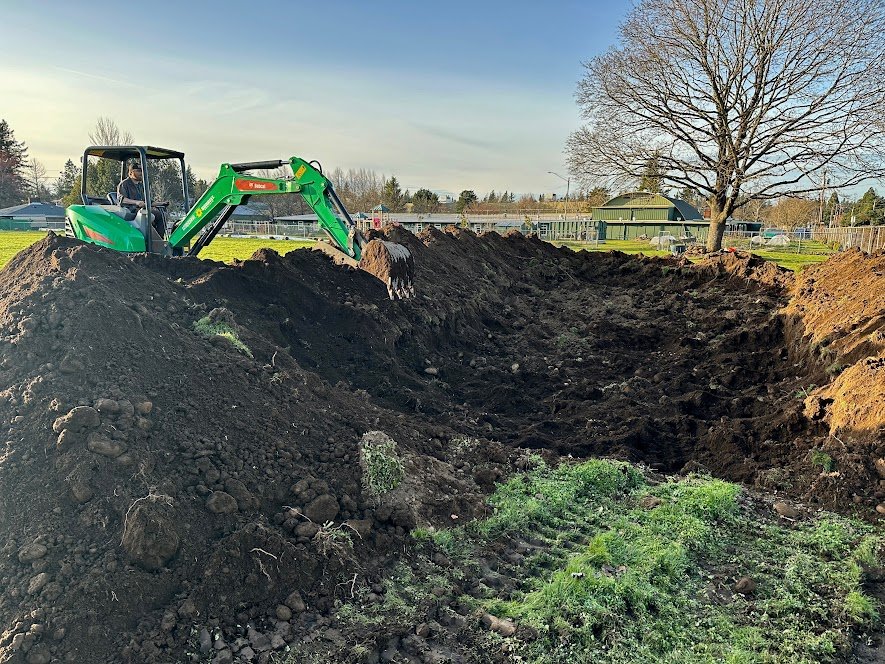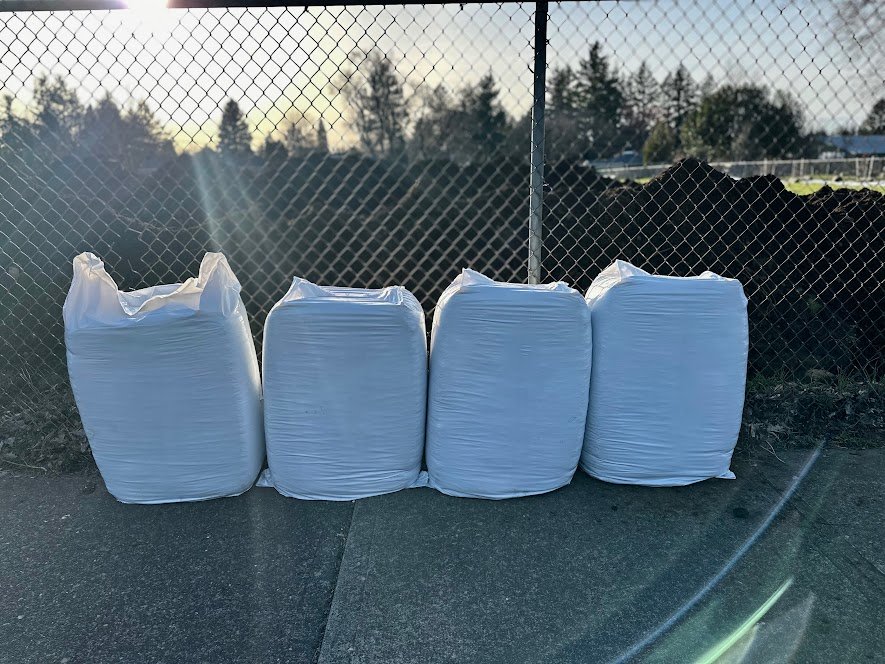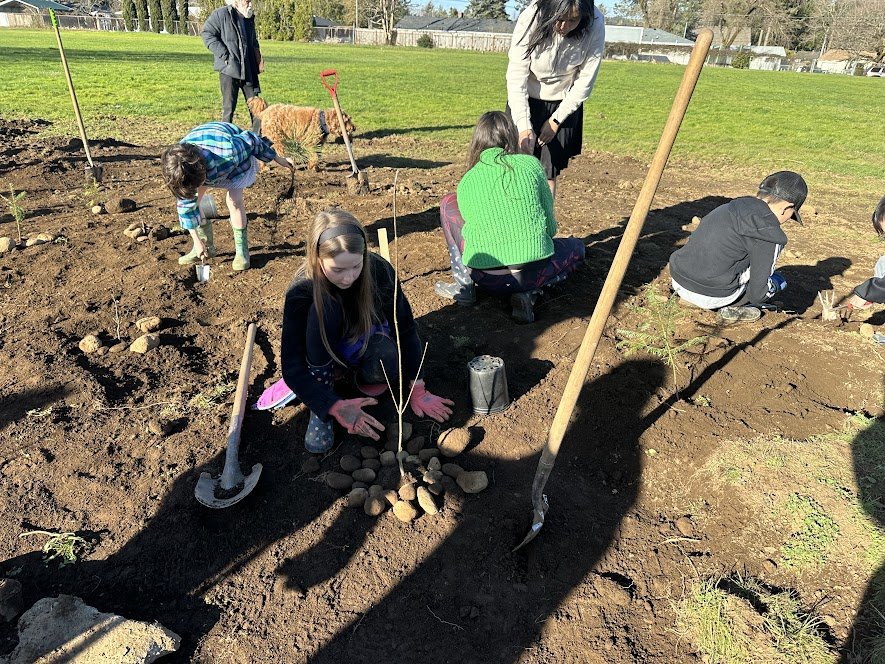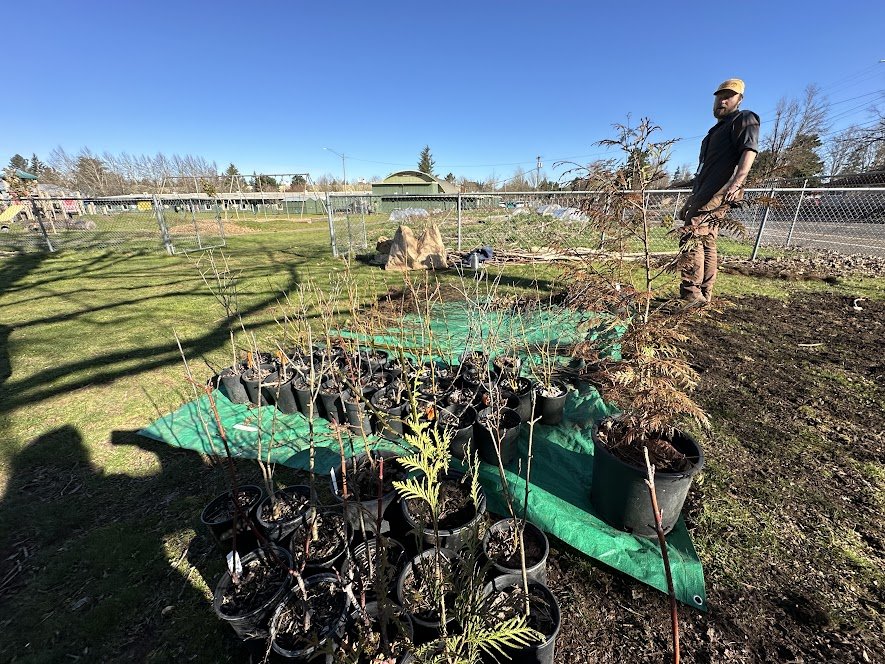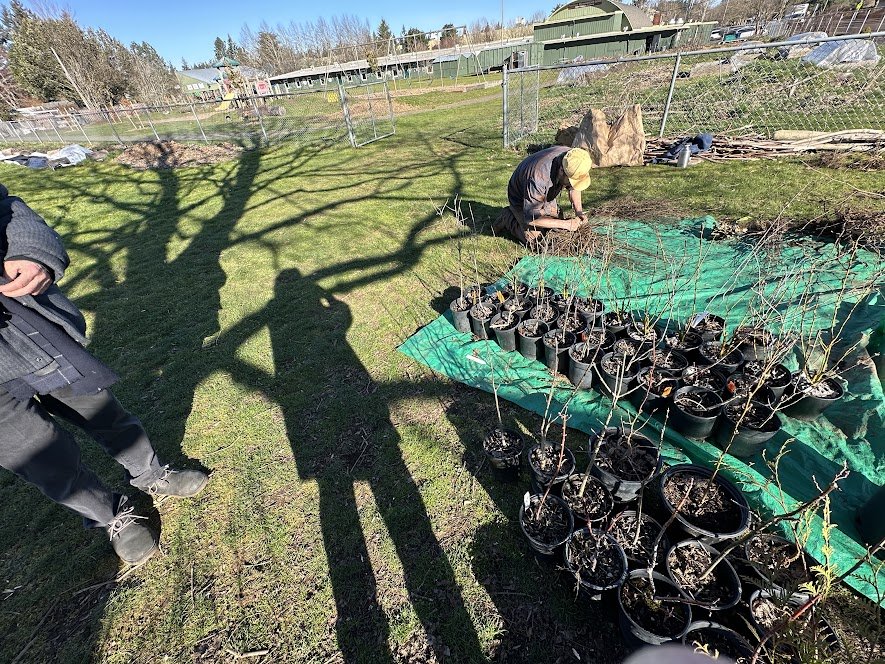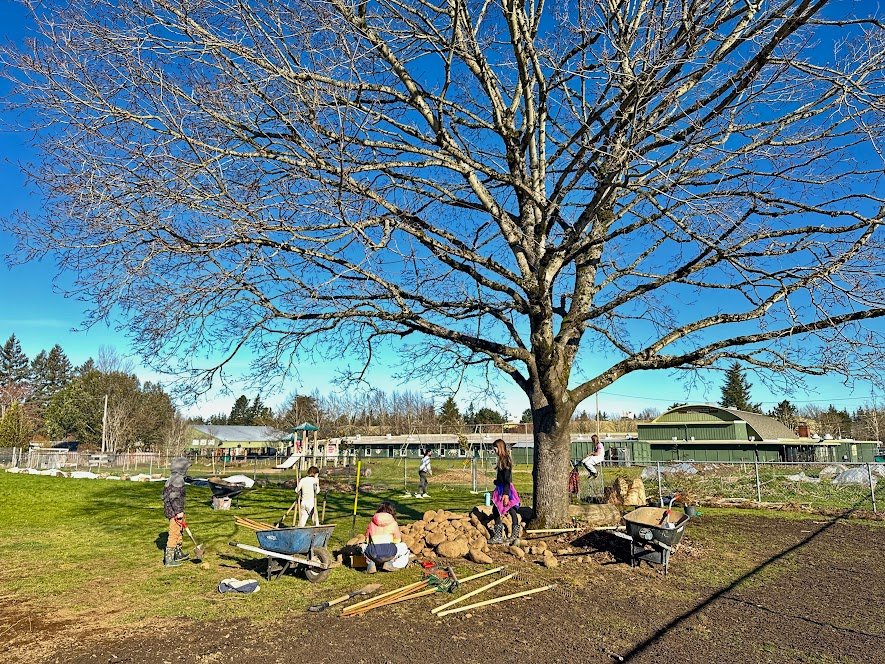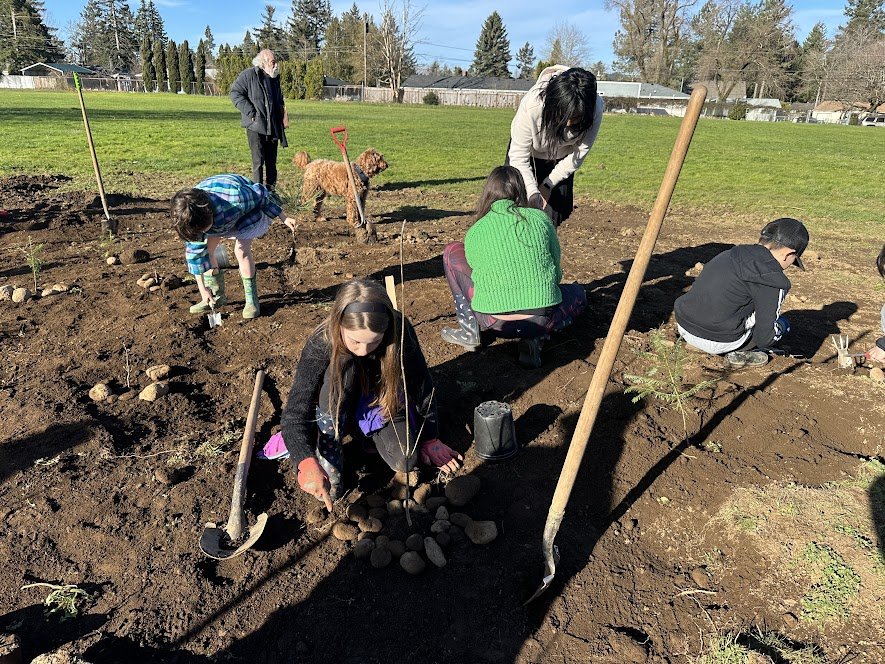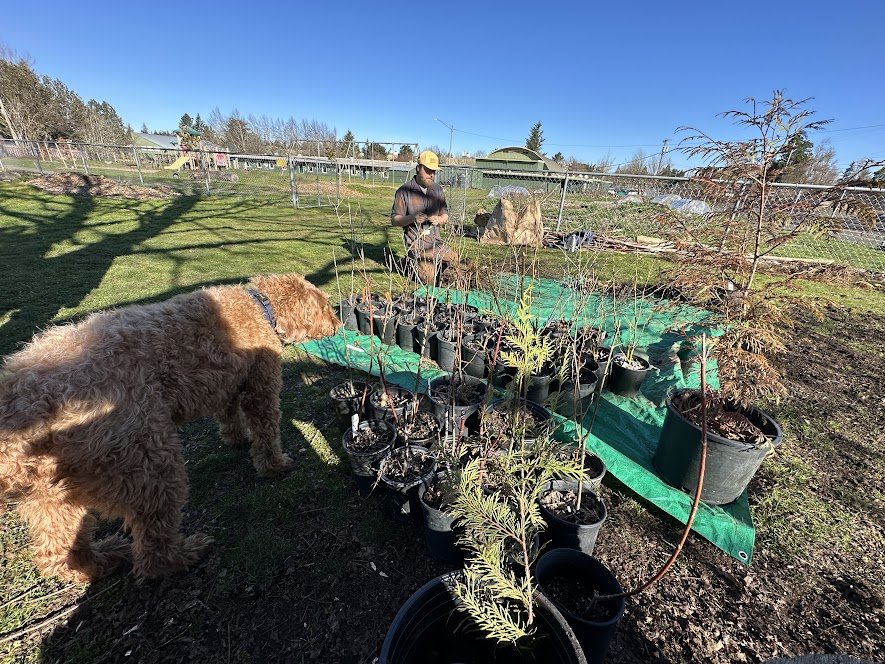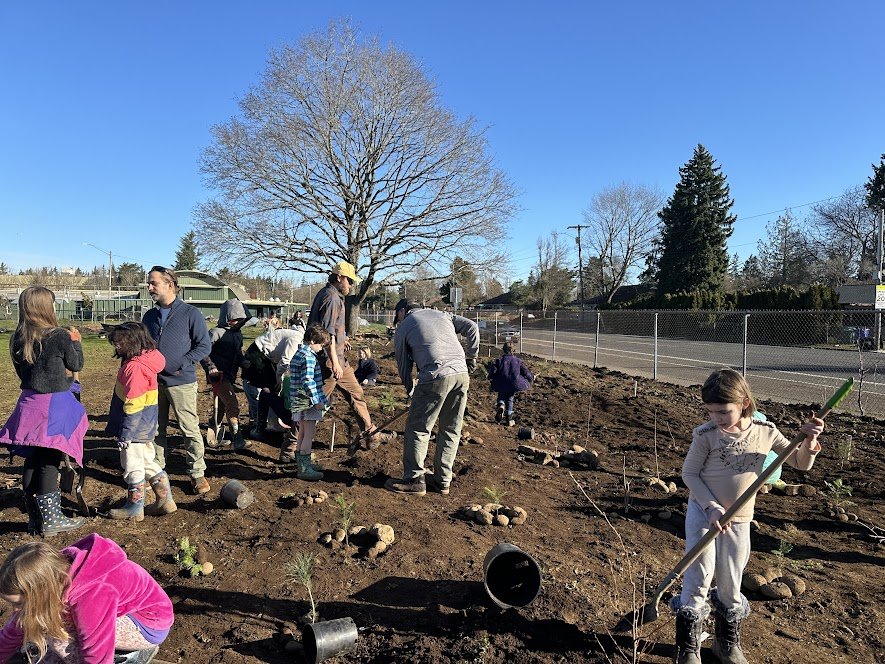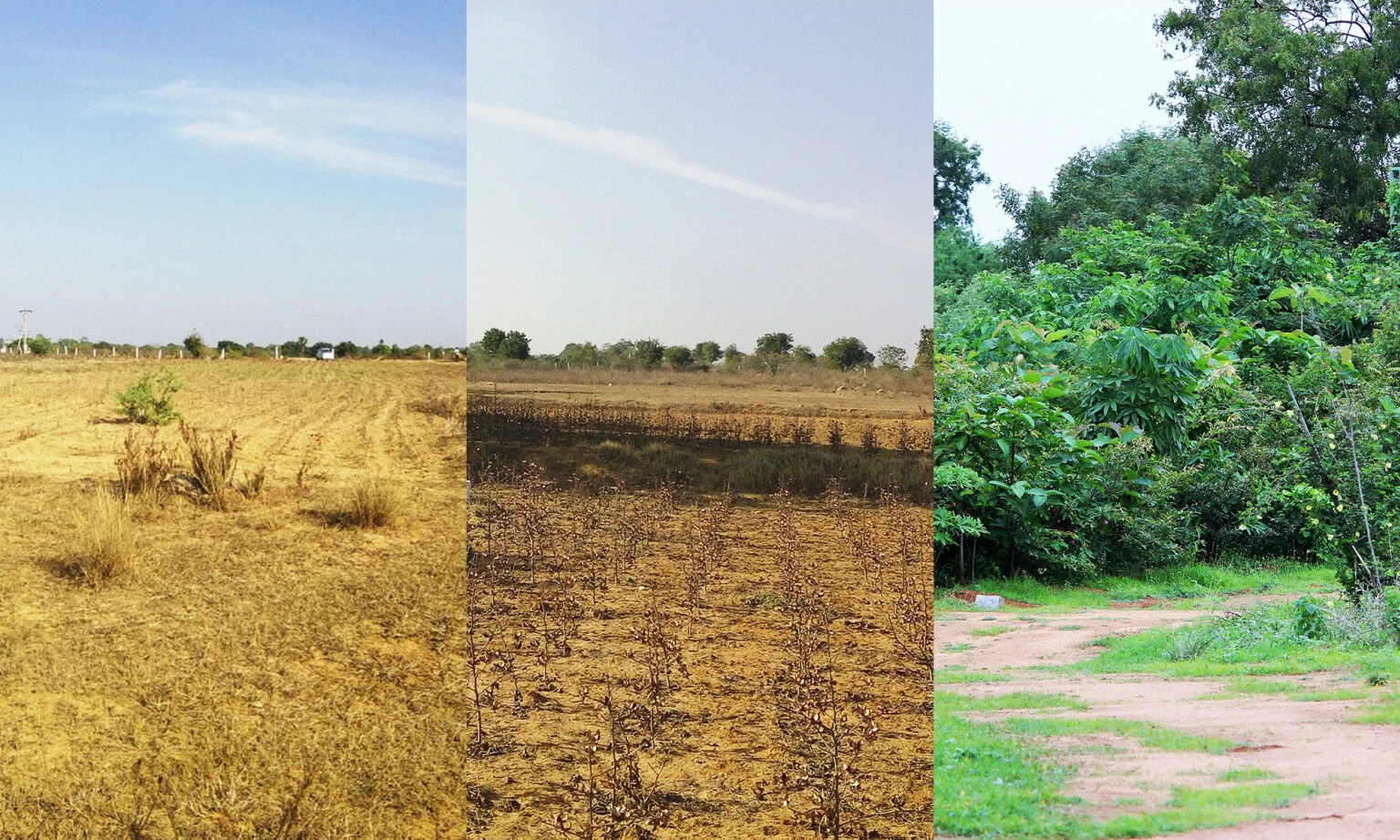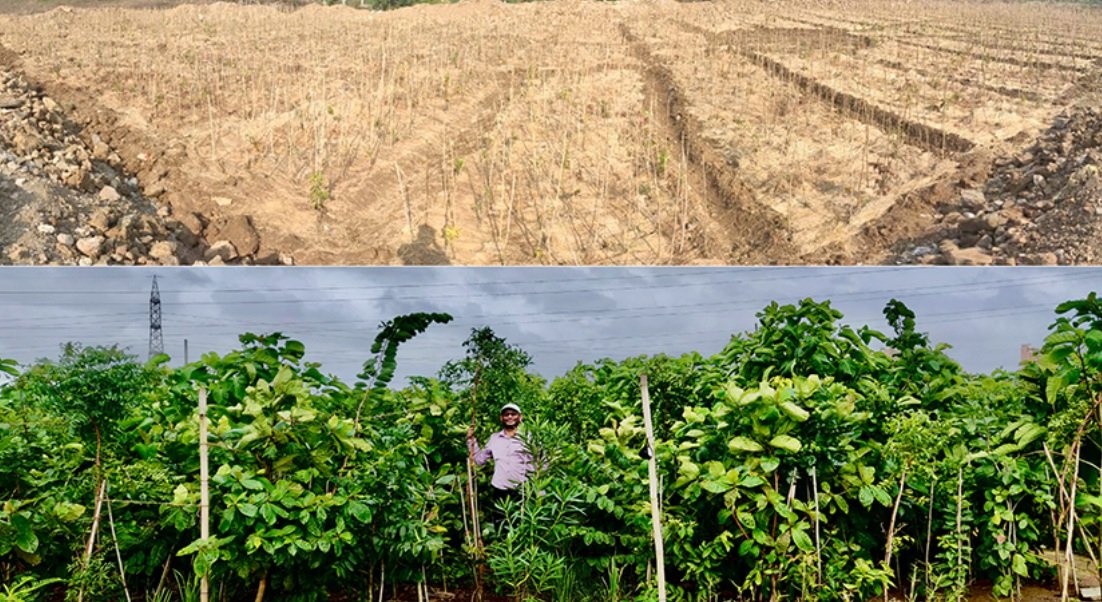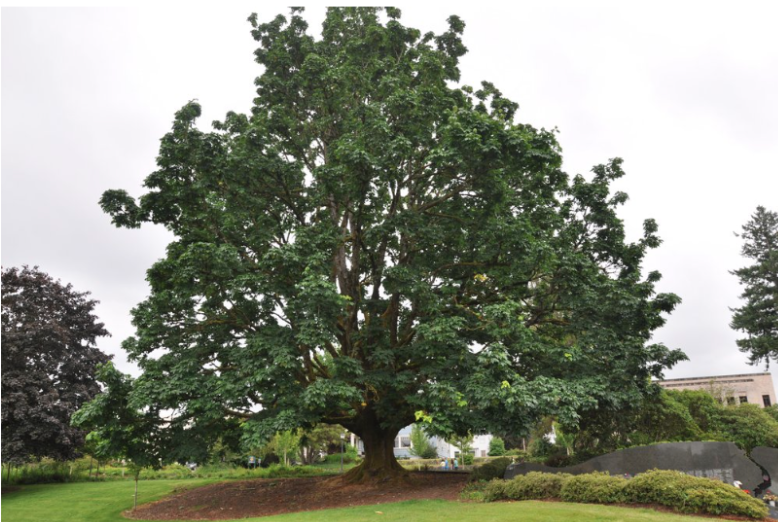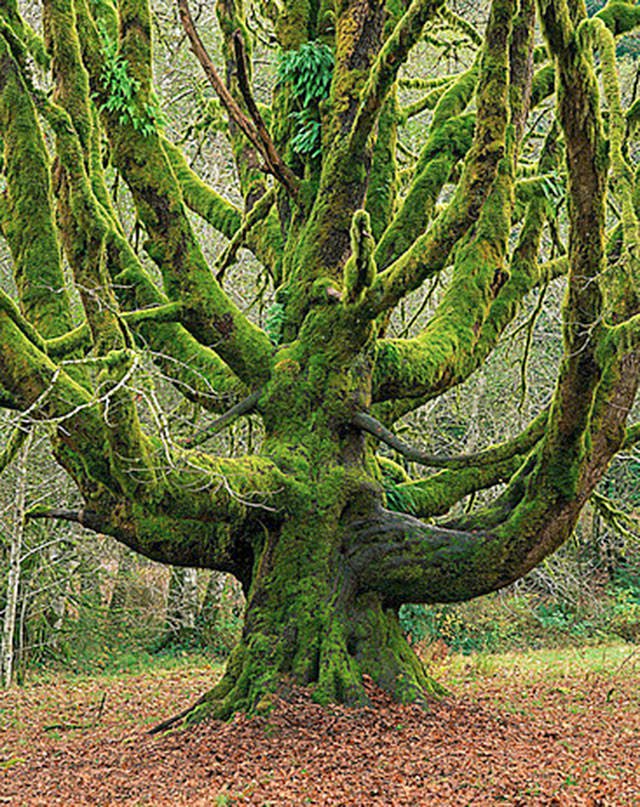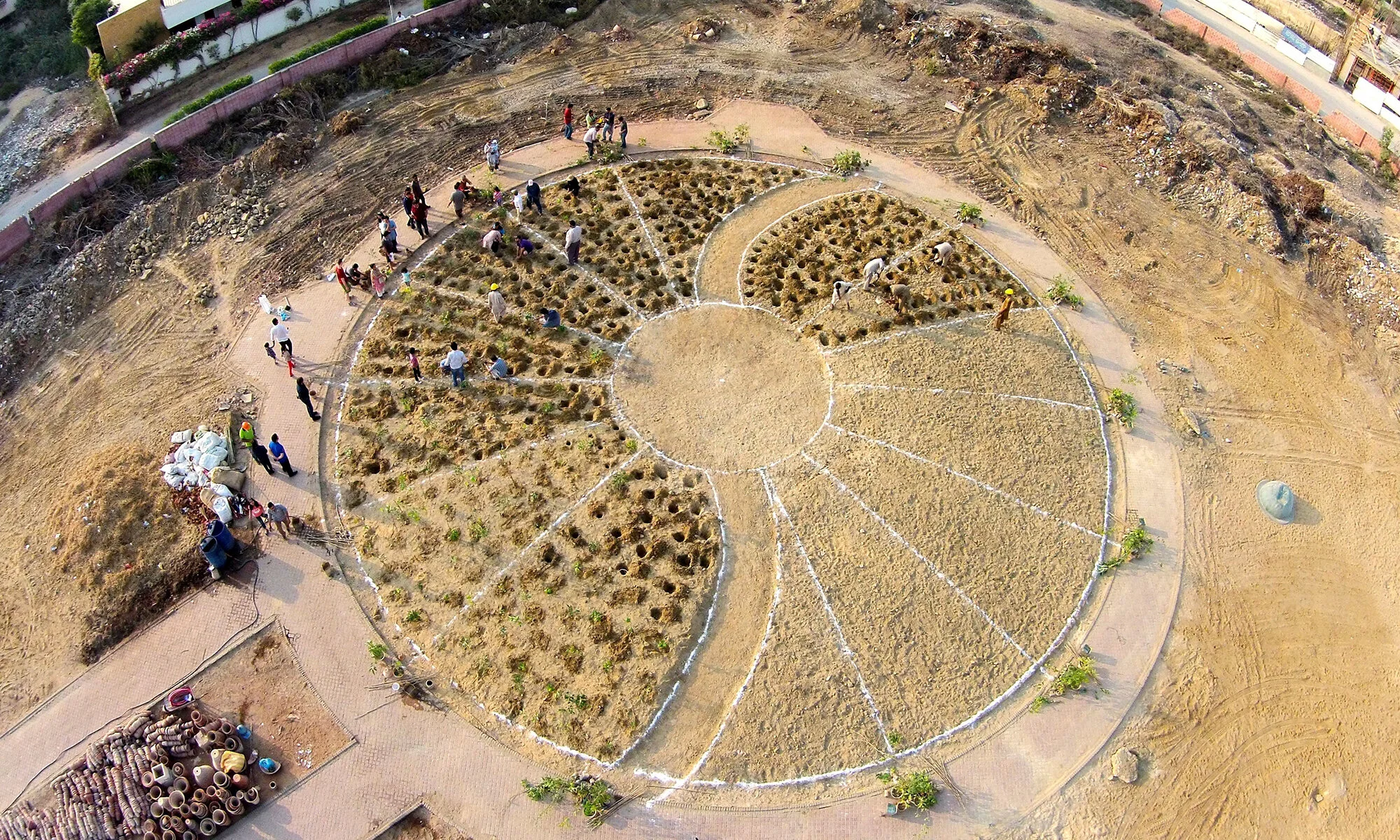“If we liken nature to a human face, the areas comparable to the vulnerable eyes are the most sensitive spots, such as mountaintops, steep slopes and ridges, and coastal areas. It was forested areas at these sensitive spots that our ancestors set aside. There was always the chance that someone would unthinkingly wipe out these forests, however, so in order to protect them people chose them as sites for worshipping the mountain gods, Hachimann the war god, or the gods of the harvest, water, or sea. A belief was inculcated in the people that “If you destroy the gods’ forest, you will suffer divine retribution.” Thus nature’s weak spots were preserved and matured. These forests are called chinju-no-mori, the forests where the gods dwell”
— Akira Miyawaki and Elgene O. Box, The Healing Power of Forests
“But who knows the temporal dimensions of the forest? History is not enough. We should have to know how the forest experiences its great age; why, in the reign of the imagination, there are no young forests. . . . [F]orests reign in the past. I know, for instance, that my grandfather got lost in a certain wood. I was told this, and I have not forgotten it. It happened in a past before I was born. My oldest memories, therefore, are a hundred years old, or perhaps a bit more. This, then, is my ancestral forest. And all the rest is fiction”
— Gaston Bachelard, “Intimate Immensity,” The Poetics of Space
The origins of the Tiny Forest movement can be traced back to a single act of close observation and spiritual intelligence of the Japanese botanist Akira Miyawaki, who, as a young man, noted that the last relicts of the great ancient forests of Japan had survived in the sacred groves surrounding his country’s shrines, temples, and cemeteries. The implications were startling, given that, according to his subsequent calculations, less than one percent of the country’s native forests remained. Not unlike Europe’s Sacred Copses, ancient forests in which it was forbidden to damage the resident trees in any way, with even peeling their bark proscribed, the Chinju-no-mori of Japan are considered sacred, that is, “untouchable.” They are the “forests where the gods dwell,” and those who disregard or mock their divine status are cursed with misfortune. This is the strange and beautiful story of the origin of the seed banks established by Miyawaki for the preservation of the horticultural-genetic heritage of Japan as well as the Tiny Forests he established with his longtime collaborators Kazue Fujiwara (Japan) and Elgene O. Box (US).
In research carried out by Wageningen University & Research in the Netherlands, one of the countries where the movement is strongest, researchers observed 934 plant and animal species in ten of the country's Tiny Forests. All of the forests comprise a mere 200-250 square meters in size yet enable the collection of roughly 6 million liters of rainwater annually while also capturing an average of 281 pounds of CO2 per year, a number expected to increase for 50 years after planting. According to the conservation group SUGi, Miyawaki forests “grow 10x faster, are 30x denser, contain 100x more biodiversity and absorb 16x more carbon than conventional forests, which makes them the most efficient option for cities looking to adapt to environmental problems quickly.” Given that its means, methods, and goals are practical, concrete, accessible to absolutely anyone and everyone, and 100% positive, with results visible at a single glance, the Tiny Forest Movement is expected to grow exponentially around the globe, providing a much-needed antidote to the dread, despair, and sense of impending doom felt by many today, particularly young people, who clearly understand the dangerous and highly uncertain environmental future they have inherited.
OICR Tiny Forest @ the Franciscan Montessori Earth School
Following two years of extensive preparation and research, OICR successfully established one of the first Tiny Forests in the U.S. and, indeed, the Americas, in March 2024, in collaboration with Marc Boucher-Colbert, Garden Specialist, and the students of the Franciscan Montessori Earth School in Portland, Oregon, thereby joining a nascent worldwide movement.
Offering a new paradigm for addressing climate catastrophe at the level of the everyday and based on an understanding of the forest as a sovereign domain, Tiny Forests, significantly, can be created by anyone and everyone—and we invite all interested parties to join us in this work. Recent studies show that despite their compact size, they are capable of rapidly transforming abiotic heat traps into living, thriving sanctuaries, sequestering carbon; capturing, cleaning, and filtering water; and providing safe haven for birds, mammals, and insects, all within a remarkably abbreviated timeline.
An Extraordinarily Abbreviated Timeline
Preparation & Planting
Summer 2024 Update
A Brief History of the Initiative--Why We Started Planting Tiny Forests
Image credit: https://ideas.ted.com/how-to-grow-your-own-tiny-forest/ (This field went from dirt to dense forest in just two years)
Looking back, the summer of 2021 marked a critical and irreversible turning point when no one could continue to deny that the world was in dire danger. According to the National Interagency Fire Center, 104 fires raged across 2,557,537 acres in 12 states, the fiercest of which occurred in the West, where temperatures in some parts soared to 130 degrees. Even the usually mild and temperate Pacific Northwest was not immune. Hundreds of people died. Roads buckled. Fledglings leapt out of their nests. A billion marine animals, many of them shellfish, boiled alive on the Canadian coast. The fires became so severe that they created their own weather patterns as smoke spread toxic chemicals from computers, carburetors, batteries, and plastics as far as New England. In one widely-reported event, the small town of Lytton, Canada, caught fire, creating a pyro-cumulonimbus cloud that moved at 95 miles per hour, so swift and so hot that within 15 minutes, the village was erased from the face of the earth. In the state of Washington, wildlife managers began trying to capture Sockeye Salmon at a dam in the Lower Granite River, trucking some to hatcheries to be artificially spawned and others to Redfish Lake in central Idaho, where the waters were slightly cooler, if growing ever warmer. Fires smoldered in the Arctic, while in Europe, China, and the U.S., floods swept away houses, cars, and people. In Greenland, glaciers dissipated, producing enough melt to cover the entirety of the state of Florida in five inches of water.
A Miyawaki Forest in Danehy Park, near Harvard University in Cambridge, Mass.Credit...Cassandra Klos for The New York Times
The threat of imminent catastrophe was confirmed by the 2021 report of the United Nations’ Intergovernmental Panel on Climate Change, receiving further corroboration the following year with the release of the Sixth Assessment Report, based on the work of researchers from 67 countries around the world and approved by 195 member governments of the IPCC, which warned that the window for making the necessary changes for a “liveable future,” in the words of Hans-Otto Pörtner, Co-Chair of the IPCC’s Working Group II, was rapidly closing. The psychological consequences of a situation so dire, especially amongst young people, have increasingly made themselves known in the form of depression and suicide as well as new psychological maladies with names like “climate grief,” “climate anxiety,” “eco-grief,” and what our graduate student Sarah Wise back in 2015 called “eco-despair,” a subject to which she devoted her master’s thesis.
Thus, it is with great and ever-increasing urgency that OICR has added a new dimension to its Living Forest Initiative, inspired by a growing worldwide movement based on an understanding of the forest reminiscent of the ancient concept of the Sacred Copse.
Brainchild of the wise and remarkable Japanese botanist Akira Miyawaki, who passed away in July 2021, Tiny Forests are small, low-lying, indigenous forests created through a highly specific methodology of soil preparation and extremely dense planting. After long years of helplessly witnessing the degradation of the Amazon and the world’s last great forests, increasingly subjected to massive logging, experimentation, and disastrous management practices entailing the use of herbicides and other poisons, we can now envision a new way forward, right where we happen to be, one tiny forest at a time, one tree at a time. Many Tiny Forests are, notably, no larger than tennis courts. Remarkably, some are smaller still. Most impressive of all, it takes but nine months to begin to turn heat traps like parking lots and abandoned strip malls into living, breathing forests, which can be established throughout towns and cities, thereby reducing not only atmospheric carbon dioxide levels but also the significant possibility of flooding, given the fact that “heat traps” and “heat islands” are characterized primarily by impervious, abiotic surfaces. Notably, Tiny Forests can also be established in rural areas dominated by monoculture systems and factory farming—places where, increasingly, no birds sing; places, indeed, where hardly a single living organism can be found.
Image credit: IVN NATUUREDUCATIE/NATIONAL GEOGRAPHIC
In tandem with this work, OICR will continue to carry out research and produce documentation on our last living (primary) forests, including the Elliott, actively participate in governmental and other meetings concerning forests on a regular basis, advance an array of Public Awareness Campaigns, and develop liaisons with a wide variety of organizations, national and international, that devote themselves to the Earth and its restoration. Together, we will work to establish some of the first Tiny Forests on the West Coast and, indeed, in the Americas as models for more to come and as testaments to rethinking possibilities for swift, long-lasting transformation, thereby helping to reverse the conclusion of the UN-backed IPCC Report that we have but twenty years before it is too late to head off a possibly irreversible environmental catastrophe.
Notes
* Svetlana Vujovic, Bechara Haddad, Hamzé Karaky, Nassim Sebaibi, and Mohamed Boutouil, “Urban Heat Island: Causes, Consequences, and Mitigation Measures with Emphasis on Reflective and Permeable Pavements,” CivilEng, Volume 2, Issue 2 (2021). See also Kerrin Jeromin, “These cities have the most stifling heat islands in the United States,” Washington Post, July 15, 2021. https://www.washingtonpost.com/weather/2021/07/15/heat-island-rankings-climate-central/.
** According to a study carried out by the journal Science in 2019, the first comprehensive assessment of net population changes in avifauna, nearly 3 billion birds have disappeared from North America since 1970. Forests alone have lost 1 billion birds.
Research / Resources
OICR RESEARCH ON TINY FORESTS
OTHER Resources
Videos
REFERENCES
Elizabeth Hewitt, “Why ‘Tiny Forests’ Are Popping up in Big Cities” (Community forests the size of a basketball court can make an outsized difference, providing shade, attracting plants and animals, and even storing a bit of carbon), National Geographic, June 22, 2021, https://www.nationalgeographic.com/environment/article/why-tiny-forests-are-popping-up-in-big-cities
Clara Manuel (for Urban Forests), “The Miyawaki Method—Data & Concepts,” Urban Forests, 2020, http://urban-forests.com/wp-content/uploads/2020/05/Urban-Forests-report-The-Miyawaki-method-%E2%80%93-Data-concepts.pdf
The Urban Forests’ website contains a trove of information
Wageningen University and Research, “Tiny forest Zaanstad: Citizen scientist and determining biodiversity in tiny forest zaanstad,” https://edepot.wur.nl/446911
IVN Natuureducatie. Maarten Bruns, Daan Bleichrodt, Essi Laine, Karin van Toor, Wim Dieho, Louwra Postma, and Marten de Groot (PEFC), “Handbook, Tiny Forest Planting Method,” https://www.ivn.nl/tinyforest/tiny-forest-worldwide/resources-and-downloads
IVN Natuureducatie, “A Little Bit of Nature, a Big Influence,” https://www.ivn.nl/tinyforest/tiny-forest-worldwide/resources-and-downloads
Design-Essentialz, “Miyawaki Method of Plantation I Afforestation I Akira Miyawaki I Man Made Forest I urban forest,” https://www.youtube.com/watch?v=l5jtg2q1gnU&t=1s
Shubhendu Sharma, “How to Plant a Tiny Forest near You” https://www.ted.com/talks/shubhendu_sharma_how_to_plant_a_tiny_forest_near_you?language=en
Shubhendu Sharma, “An Engineer’s Vision for Tiny Forests Everywhere” https://www.ted.com/talks/shubhendu_sharma_an_engineer_s_vision_for_tiny_forests_everywhere?language=en
IVN Natuureducatie, “Tiny Forest Documentary about the Effects of the Miyawaki Method in the Netherlands,” https://www.youtube.com/watch?v=LyHVQtDtlMk
Dialynn Dwyer, “The first Miyawaki forest in the Northeast was planted in Cambridge. Organizers hope it’s just the start,” https://www.boston.com/news/local-news/2021/10/20/miyawaki-forest-danehy-park-cambridge/
USA TODAY, “First Miyawaki Forest planted in the Northeast in Massachusetts” https://www.usatoday.com/videos/news/weather/2021/11/02/first-miyawaki-forest-planted-northeast-massachusetts/6242473001/
Mirrornownews, “Forests grow 10x faster and 30x denser: What is the "Miyawaki method" that is restoring native forests and greening urban Mumbai?,” https://www.timesnownews.com/mirror-now/in-focus/article/forests-grow-10x-faster-and-30x-denser-what-is-the-miyawaki-method-that-is-restoring-native-forests-and-greening-urban-mumbai/830228
Azeem Samar, “Karachi municipality to grow 300 Miyawaki forests” https://gulfnews.com/world/asia/pakistan/karachi-municipality-to-grow-300-miyawaki-forests-1.83524816
DeccanChronicle, “TUDA plans more Miyawaki forests in Tirupati rural” https://www.deccanchronicle.com/nation/current-affairs/131021/tuda-plans-more-miyawaki-forests-in-tirupati-rural.html
Wire, “Miyawaki-style mini forest to be planted in Nottingham city park” https://westbridgfordwire.com/miyawaki-style-mini-forest-to-be-planted-in-nottingham-city-park/
Manisha Lal Arora and Ramesh Sable, “Mumbai suburbs get ‘urban forest’ with Miyawaki method,” https://timesofindia.indiatimes.com/videos/toi-original/mumbai-suburbs-get-urban-forest-with-miyawaki-method/videoshow/87568047.cms
Himanshu Nitnaware, “26-YO Creates 8 Miyawaki Forests on Dry Land, Helps 1200 Farmers Boost Their Income,” https://www.thebetterindia.com/263797/rajasthan-miyawaki-forest-how-to-grow-dry-land-farmer-increase-income/
To Save the World, “80 Miyawaki Forest,” https://www.youtube.com/watch?v=MfPw5VTNZr4
Frome Town Council, “Tiny Forests—Presentation and Q&A,” https://www.youtube.com/watch?v=UVWUBCRYad0
Aldo Leopold, “Thinking Like a Mountain” (A Sand County Almanac and Sketches Here and There), https://www.ecotoneinc.com/wp-content/uploads/2021/01/aldo-leopold-tlam.pdf
Craig Holdrege, “Where Does an Animal End? The American Bison,” Seeing the Animal Whole—And Why It Matters, https://www.natureinstitute.org/in-context-45/craig-holdrege/american-bison
Earthwatch, “Tiny Forest,” https://earthwatch.org.uk/program/tiny-forest/
Earthwatch, “Tiny Forest,” https://youtu.be/lqnhcBTdjRQ?si=3I96MpEiLybkL9LO
World Economic Forum, “These Tiny Urban Forests Could Be A Secret Weapon Against Climate Change,” https://www.weforum.org/videos/these-tiny-urban-forests-could-be-a-secret-weapon-against-climate-change/
UK Wildcrafts, “Tiny Forests - Nature in Urban Spaces,” https://youtu.be/53Uo4IE-VBI?si=pmL2c1cmVYKg5pf4
BBC World Service, “The Tiny Urban Forests Bringing Nature to the Heart of the City,” https://youtu.be/y9c_Zlmqcgw?si=Gd1yvdHfh_bLPdXK
Earthwatch Education, “Tiny Forest,” https://edu.earthwatch.org.uk/tinyforest
Earthwatch Europe, “MINI Tiny Forest,” https://youtu.be/kofKhS4UI2M?si=ON64E8Ecxlikmq0F
Inverse, “Planting trees isn’t enough. Here’s why we need tiny man-made forests,” https://www.inverse.com/science/mini-forests
IVN Natuureducatie, “Tiny Forest documentary about the effects of the Miyawaki method in the Netherlands,” https://youtu.be/LyHVQtDtlMk?si=0q8ER4A6ZNatUBLZ
Crowdforesting, https://www.crowdforesting.org/miyawaki-model
Akira Miyawaki and Elgene O. Box, The Healing Power of Forests: The Philosophy behind Restoring Earth's Balance with Native Trees (out of print). Tokyo: Kosei Publishing Company, September 15, 2007
For further readings on trees and forests, see OICR “Readings for Now” Seminar [#7]: “What Would a Bird Be without a Tree, a Tree without a Bird? & the Involuntary Whispering of the Trees” and “Readings for Now” Seminar [#8]: “Why a Forest Should Never Be a Laboratory (With a special note to Colleges of Forestry: Please stop trying to turn forests into laboratories)”








